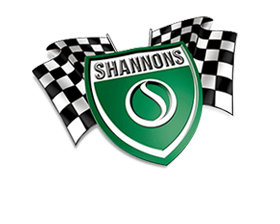Specifications
| Engine | 153.2cu In-Line 4cyl |
|---|---|
| Gearbox | 3-Speed Manual |
| Body Work | Sedan |
| Colour | Blue/Black Fenders |
| Interior | Blue |
| Trim | Cloth |
| Wheels | Wooden Spoke |
| Brakes | Drum |
Description
Created in October 1917, the Essex Motor Company was a marketing move by Hudson to produce a separate line of cheaper automobiles - the name was apparently chosen at random from a map of England. The first Essex was built in 1918, using a powerful four-cylinder engine and soon proved popular, particularly with the introduction of an affordable closed sedan body style in 1922, pioneering a shift away from open tourers for American buyers. By 1930, the Essex Super Six was powered by an L-head 160-cid six-cylinder engine developing 60 horsepower at 3,600 rpm, with a three-speed floor-mounted gearbox. The 113-inch wheelbase chassis had been fitted with four-wheel Bendix mechanical drum brakes since 1928, something seen as a major innovation at the time, and all were equipped with wooden-spoked 'artillery' wheels. With styling heavily influenced by the parent company Hudson, Essex catalogued a number of body styles, including the Roadster, Phaeton, Coupe, Sedan, Coach and Brougham types, most made in-house although Biddle & Smart were responsible for the several of the more expensive bodies. Although Essex's philosophy of offering great value for money had worked early on, by 1930 the mainstream manufacturers were catching on and the badge was ultimately dropped in 1933 and replaced with the Terraplane name instead.









